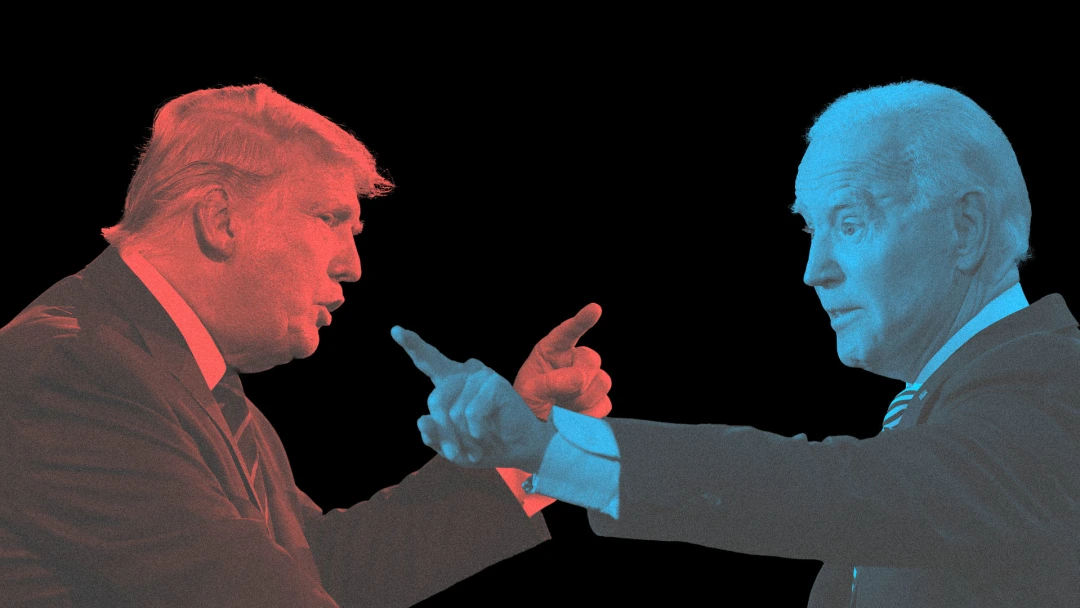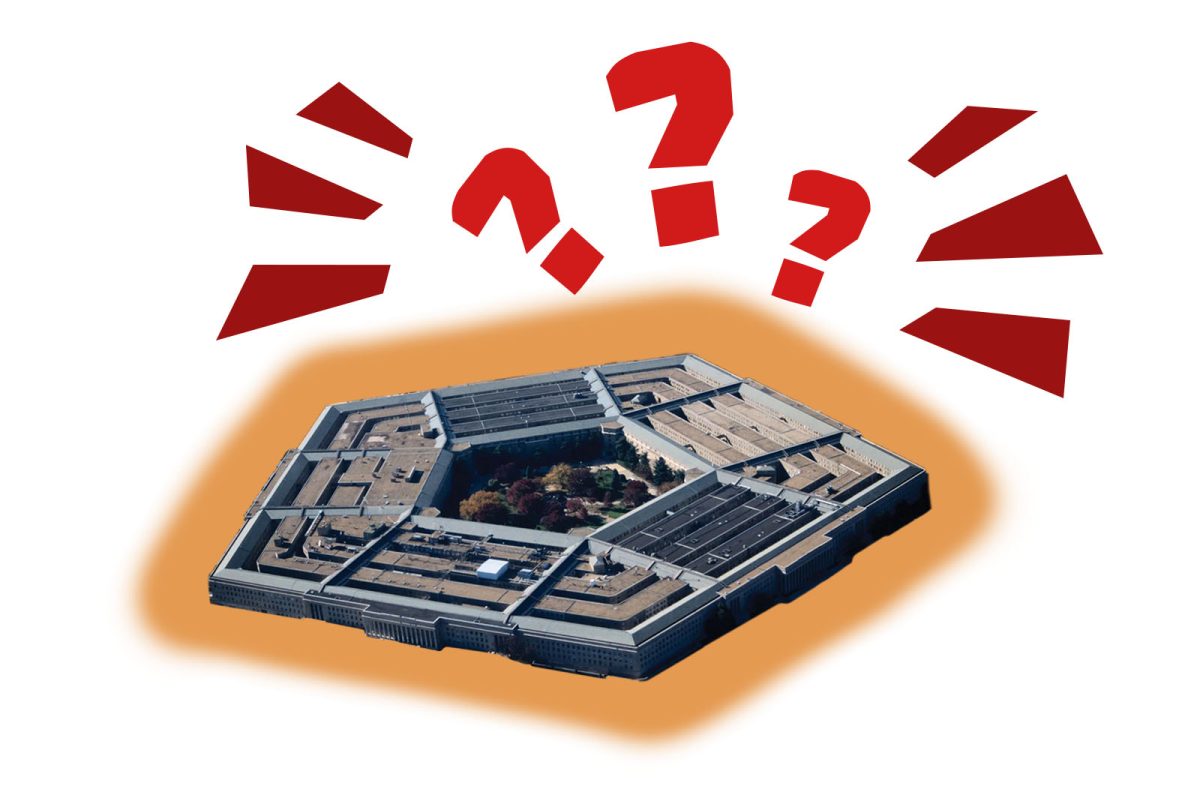The United States will never be like Europe, with its neat patchwork of railroads knitting the cities together to the point where they are almost inseparable. We are too spread out, too vast for ordinary people to utilize rail travel in the way of the Viennese, hopping on a tram in the morning and arriving halfway across the country before noon.
Still, it is a technology worth investing in, as President Obama has promised to do in his State of the Union Address. The St. Louis Post-Dispatch reported that he plans to spend $8 million dollars on enhancements to the light rail system, with $1.1 billion invested in a Chicago-to-St. Louis line, and another billion or so on various lines throughout the Midwest. A large portion of the money—$2.25 billion—will go to California, and the rest will be allotted to various projects around the country.
Light rail is a good investment for the U.S.Rail travel is more ecological than traveling by car and vastly more ecological than air travel. (According to Chooseclimate.org, a flight from St. Louis to California uses as much energy as the food eaten by three people in an entire year.) The rail travel Obama will invest in has the cars sped along by overhead electric wires, the energy for which can be derived from solar panels and wind turbines.
The same kind of system has already been implemented across New England with the Northeast Corridor (NEC) Project, which has provided efficient service to many major cities and stands as the country’s most oft-used rail lines, according to the Federal Railroad Administration.
Channeling money into energy-efficient rail systems is a good way to ease the country into greener ways of traveling. We won’t ever abandon our cars; after all, our cities were not constructed for efficient transit, but rather sprawled into suburbs that require a car for easy transit. But it is definitely possible to create a mode of moving from city to city in a quick and environment-friendly manner. It would also create green jobs, moving away from a national infrastructure based on working in automobile factories and coal shipping.
It won’t be easy. It is a project on par with that of Eisenhower’s interstate system, which took some 50 years to come to fruition. But it is an important one: Now more than ever we need to wean ourselves off fossil fuels, for even if we find new deposits, we will run out eventually.
And before U.S. rail service can ever become mainstream, the price of tickets needs to drastically decrease. In Europe, it is possible to pay a mere $20 for a ticket from one city to another, yet if one wanted to travel to from St. Louis to Chicago for the weekend on Amtrak, it could cost upwards of $130.
Rail is worth it. It is one of those investments that perhaps, generations from now, our progeny will look back and wonder how we ever did without. Hopefully they will take it for granted; hopefully green transportation will be natural, and they will scoff at any mode of travel that emits toxic levels of carbon.
Hopefully.








